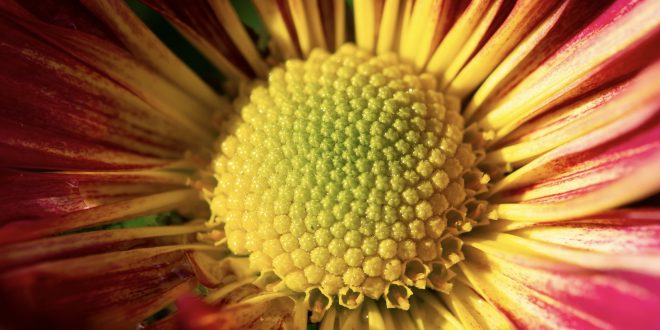The Language of Flowers: Nature’s Poetry in Bloom
In the tapestry of nature, few things rival the beauty and symbolism of flowers. From the delicate petals of a rose to the vibrant hues of a sunflower, flowers captivate us with their elegance and charm. Beyond their aesthetic appeal, flowers hold profound significance in cultures worldwide, often serving as messengers of emotion, expressions of love, and symbols of hope. Let’s explore the enchanting world of flowers and unravel the stories they tell.
The Beauty of Diversity:
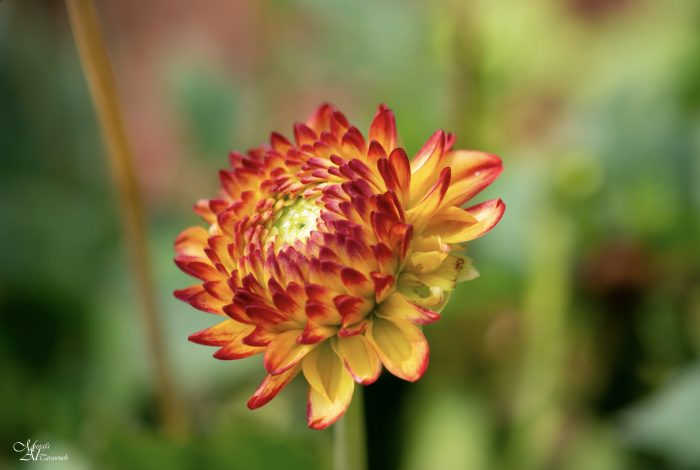
One of nature’s greatest marvels is the sheer diversity of flowers. Each species boasts its unique characteristics, from the intricate patterns of the orchid to the simple elegance of the daisy. Flowers come in an array of shapes, sizes, and colors, reflecting the boundless creativity of the natural world. Whether found in a bustling city garden or a remote wilderness, flowers never fail to inspire wonder and admiration.
Symbols of Emotion:
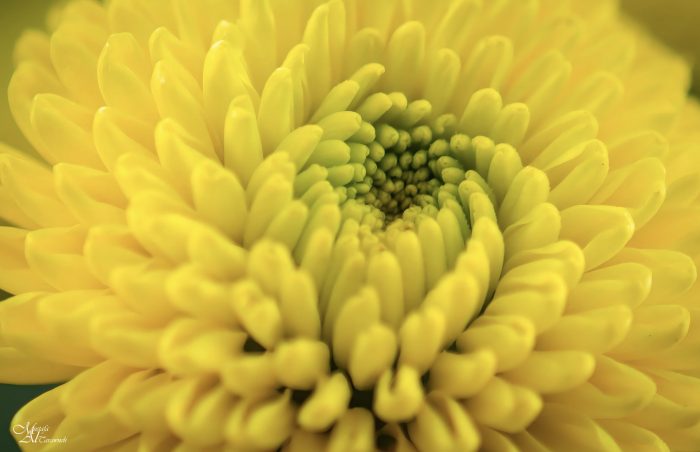
Throughout history, flowers have been imbued with meaning and symbolism. In Victorian England, the language of flowers, known as floriography, was used to convey sentiments that could not be expressed openly. A red rose symbolized love and passion, while a white lily represented purity and innocence. Today, this tradition lives on, with each bloom carrying its own message of love, friendship, or condolence.
Cultural Significance:
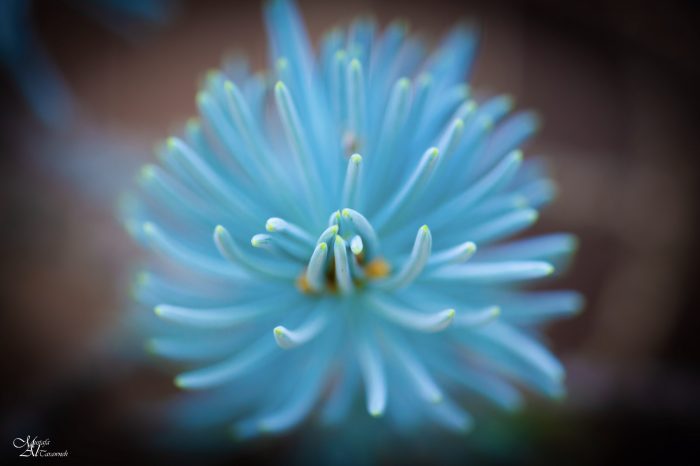
Flowers play a central role in cultural celebrations and rituals around the world. In Japan, cherry blossoms symbolize the fleeting beauty of life and are celebrated during the annual hanami festival. In India, marigolds are used in vibrant garlands for religious ceremonies and festivals. From weddings to funerals, flowers are woven into the fabric of tradition, serving as both adornments and symbols of significance.
Nature’s Healing Touch:
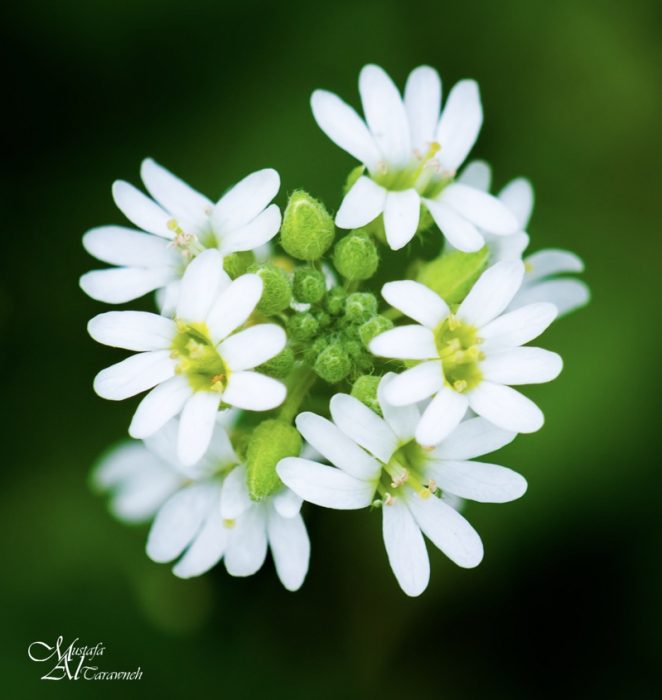
Beyond their aesthetic and symbolic value, flowers also offer tangible benefits to our well-being. Research has shown that exposure to flowers can reduce stress, boost mood, and improve overall mental health. The practice of flower therapy, or floratherapy, harnesses the healing properties of flowers to promote relaxation and emotional balance. Whether received as a gift or admired in a natural setting, flowers have the power to uplift spirits and soothe the soul.
Conservation and Preservation:
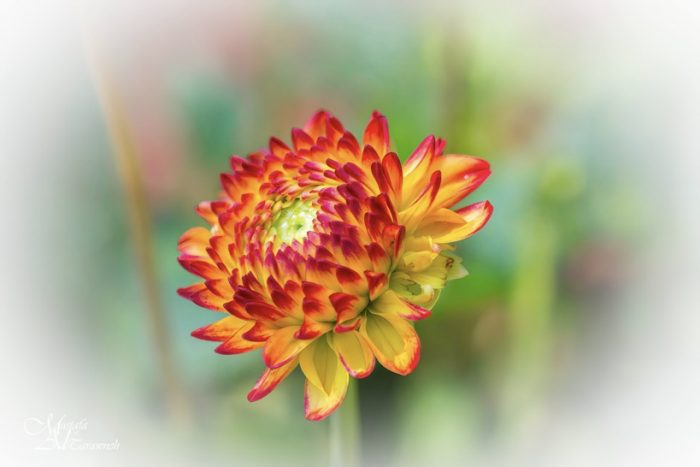
As we marvel at the beauty of flowers, it’s essential to recognize the importance of conservation efforts to protect fragile ecosystems and endangered species. Habitat loss, climate change, and pollution threaten many floral species worldwide, highlighting the urgent need for conservation action. By supporting initiatives that promote sustainable gardening practices and preserve natural habitats, we can ensure that future generations will continue to delight in the splendor of flowers.
Conclusion:
In a world often filled with chaos and uncertainty, flowers stand as timeless symbols of beauty, resilience, and hope. From the intricate details of a wildflower to the grandeur of a tropical orchid, each bloom tells a story of nature’s creativity and abundance. As we cultivate gardens, exchange bouquets, and celebrate life’s milestones, let us cherish the profound connection we share with the natural world and the language of flowers that speaks to the heart.
